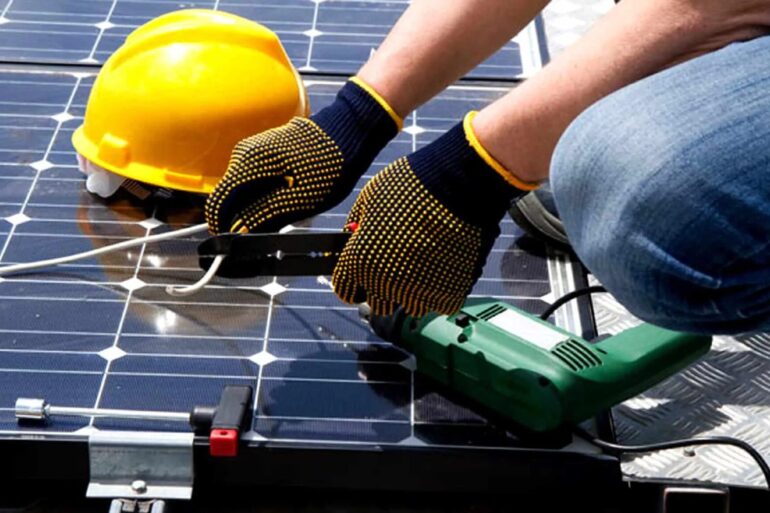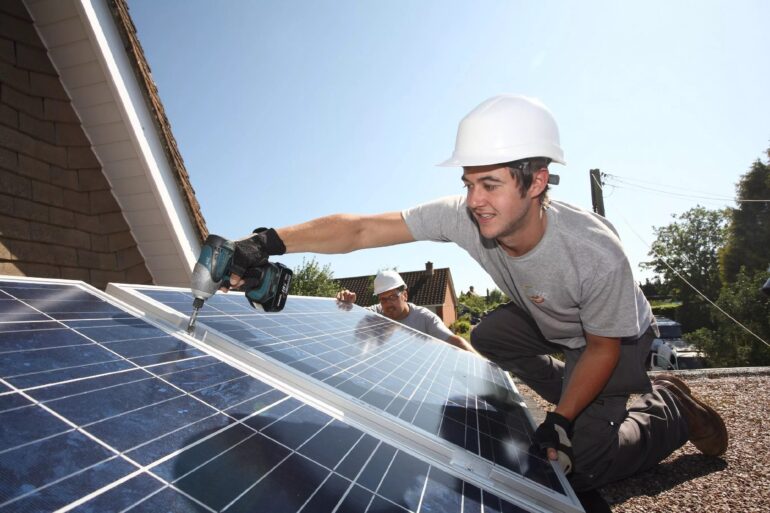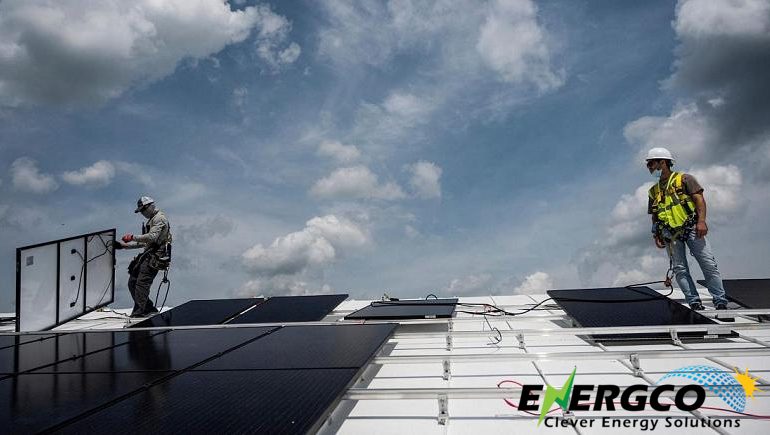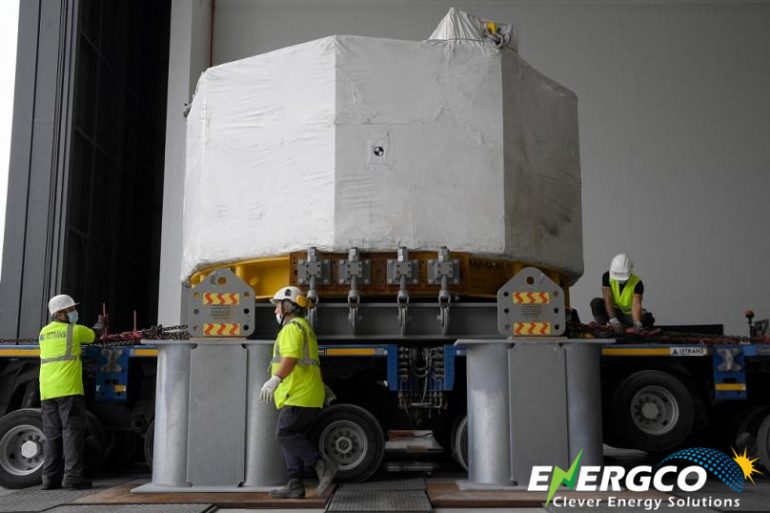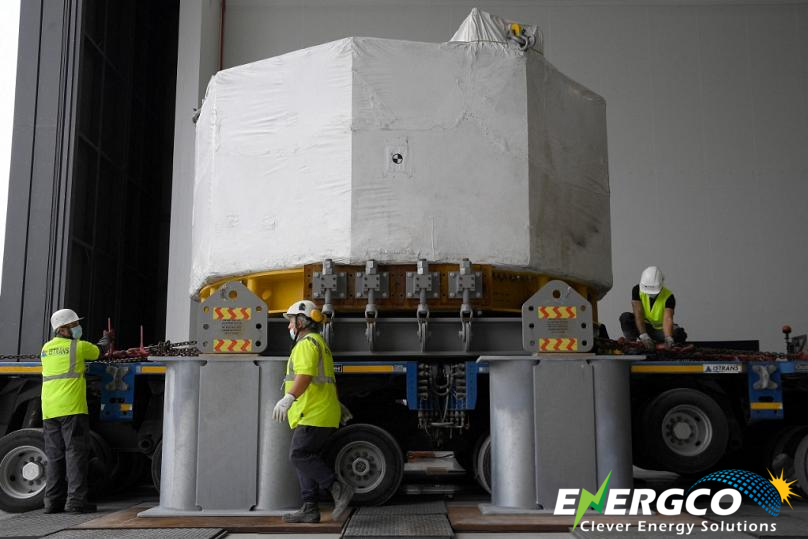Increased productivity
Ongoing training allows your employees to acquire new skills and knowledge that can help them work more efficiently. This, in turn, can increase productivity, leading to higher profits for your company. For example, by teaching your installers how to use new equipment or techniques, you can reduce installation times, allowing you to take on more projects and increase revenue.
Better customer service
Solar energy companies rely heavily on customer satisfaction for repeat business and referrals. Ongoing training can help your employees provide better customer service by teaching them how to communicate more effectively with clients and troubleshoot problems. This can lead to improved customer satisfaction, which can translate into more sales and profits in the long run.
Improved safety
Solar energy installations involve working at heights and with electrical systems, which can be dangerous if not handled properly. Ongoing training can help your employees stay up-to-date with the latest safety protocols and best practices, reducing the risk of accidents and injuries. This can not only save you money in terms of workers’ compensation claims but also improve your company’s reputation for safety and reliability.
Increased innovation
Innovation is essential for any company to stay ahead of the competition. Ongoing training can help your employees stay on top of new technologies and emerging trends, allowing them to develop new ideas and solutions. This can lead to new product offerings, improved processes, and more efficient operations, all of which can contribute to increased profits.
Employee retention
Investing in ongoing training shows your employees that you value their development and career growth. This can help improve employee morale and job satisfaction, leading to increased retention rates. High employee turnover can be costly for companies, as it requires time and resources to recruit and train new staff. By retaining skilled and experienced employees, you can save money and maintain the continuity of your operations.
In conclusion, ongoing training is essential for solar energy companies looking to boost profits and stay competitive. By increasing productivity, improving customer service, enhancing safety, fostering innovation, and retaining employees, ongoing training can help your company grow and thrive in the fast-paced world of solar energy.

